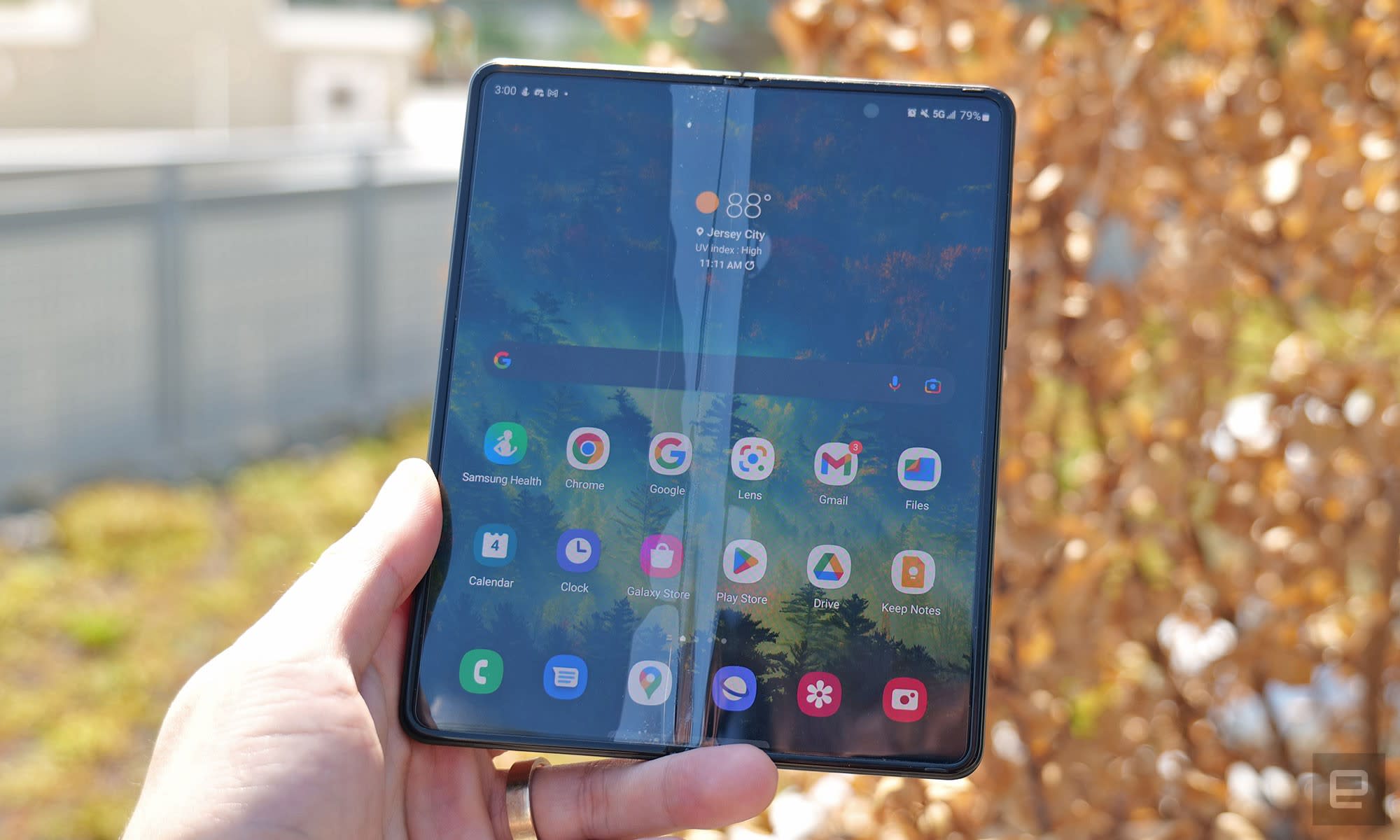How to Rotate the Screen on Samsung: A Step-by-Step Guide
If you've ever found yourself needing to rotate the screen on your Samsung device, whether it's a smartphone, tablet, or computer, you're in the right place. Rotating the screen can be helpful in various situations, such as viewing content in landscape mode or adjusting the screen orientation for better usability. In this article, we will provide you with a comprehensive guide on how to rotate the screen on Samsung devices, ensuring you can easily switch between portrait and landscape modes.
1. Rotating the Screen on Samsung Smartphones:

Screen on Samsung Smartphones
Step 1: Access the Quick Settings Menu
Swipe down from the top of the screen to open the notification panel.
Swipe down again to expand the panel fully and reveal the Quick Settings menu.
Step 2: Locate the Screen Rotation Icon
Look for the screen rotation icon, typically represented by a circular arrow or a lock symbol with an arrow around it.
Tap the icon to enable or disable the screen rotation feature.
2. Rotating the Screen on Samsung Tablets:

Screen on Samsung Tablets
Step 1: Open the Quick Settings Menu
Swipe down from the top of the screen to access the notification panel.
Locate and tap the Quick Settings icon in the upper right corner of the panel.
Step 2: Find the Screen Rotation Icon
Look for the screen rotation icon in the Quick Settings menu.
Tap the icon to toggle the screen rotation feature on or off.
3. Rotating the Screen on Samsung Computers:
Step 1: Open the Settings Menu
Click on the "Start" menu or press the Windows key on your keyboard to open the Start menu.
Click on the "Settings" gear icon to access the Settings menu.
Step 2: Navigate to the Display Settings
In the Settings menu, click on "System" and then select "Display" from the left sidebar.
Step 3: Adjust the Screen Orientation
Scroll down to the "Orientation" section in the Display settings.
Select the desired screen orientation option from the dropdown menu, such as "Portrait," "Landscape," or "Portrait (flipped)."
4. Troubleshooting:
Screen Rotation Not Working: If the screen rotation feature is not functioning as expected, ensure that the auto-rotate setting is enabled in the device settings. You can usually find this option under "Display" or "Screen" settings.
App-Specific Rotation: Some apps may have their own screen rotation settings. If you encounter issues with screen rotation in a particular app, check the app's settings or preferences for any rotation-related options.
5. Additional Tips:
Locking the Screen Orientation: On Samsung devices, you can lock the screen orientation in either portrait or landscape mode by enabling the screen rotation lock or portrait lock feature. This prevents the screen from rotating even if the device is tilted.
Using Gesture Controls: Some Samsung devices offer gesture controls for screen rotation. Check your device's settings or user manual for any gesture-based screen rotation features.
Rotating the screen on your Samsung device is a simple process that allows you to adapt the display to your preferences and needs. Whether you're using a Samsung smartphone, tablet, or computer, the steps provided in this guide will help you effortlessly switch between portrait and landscape modes. Enjoy a flexible and customizable viewing experience on your Samsung device by mastering the screen rotation feature.